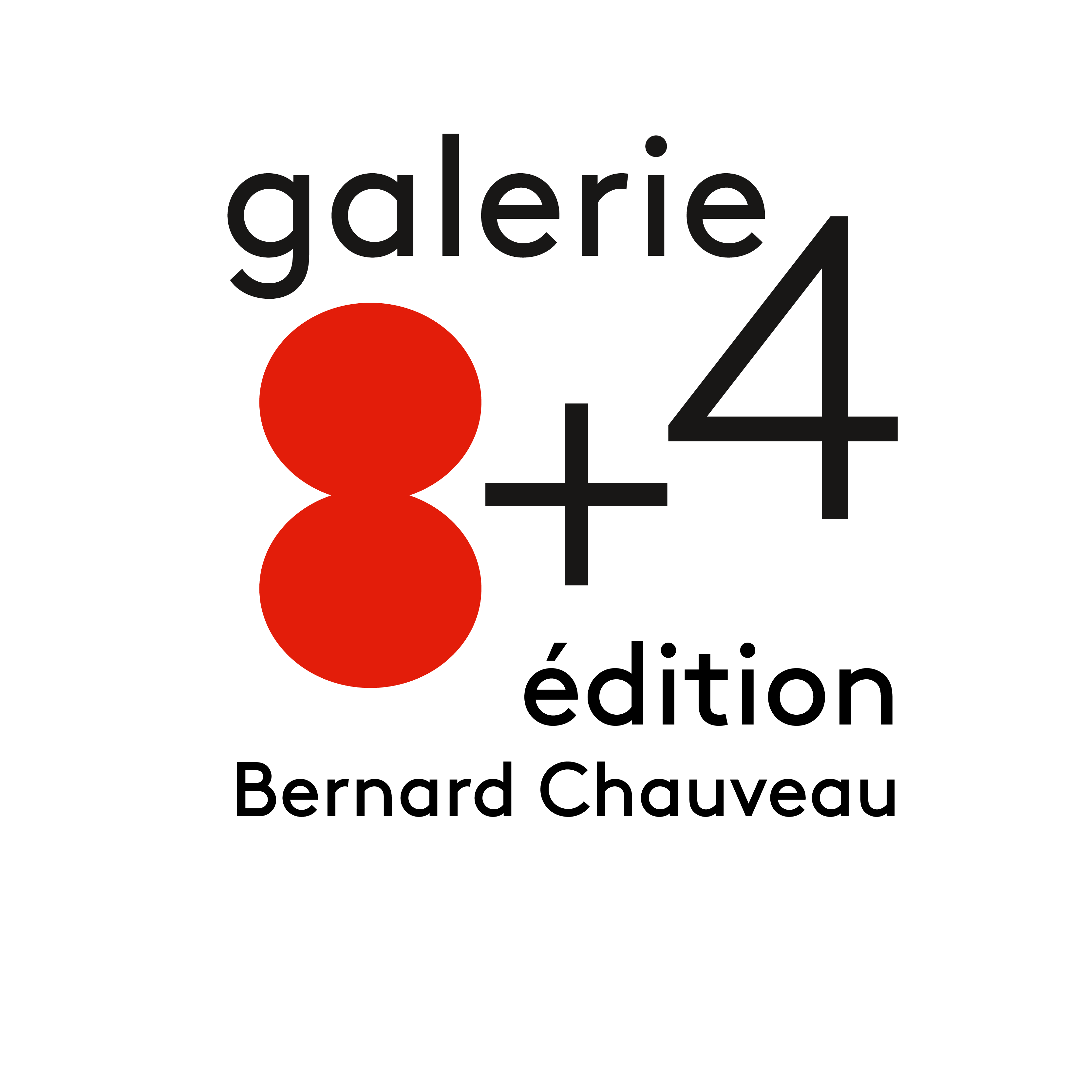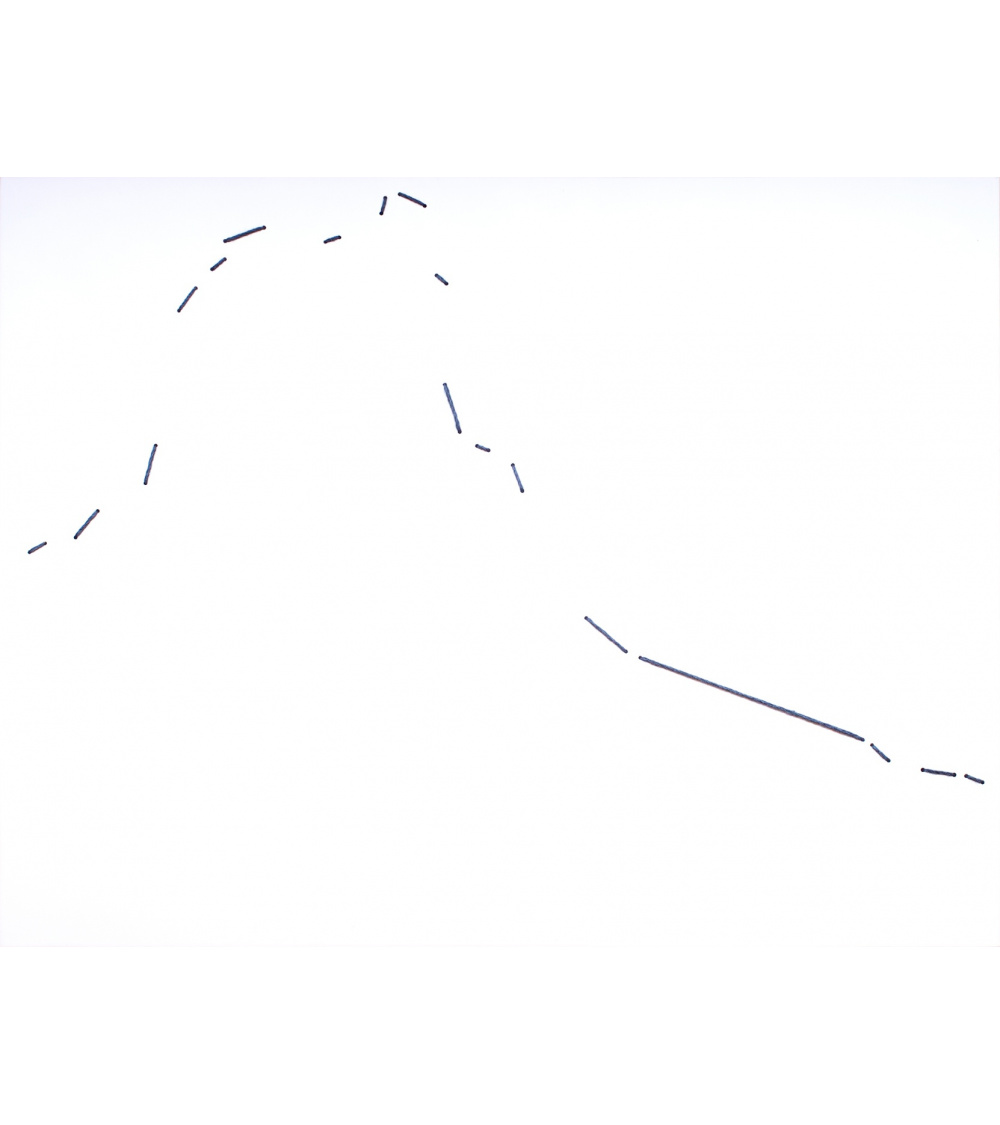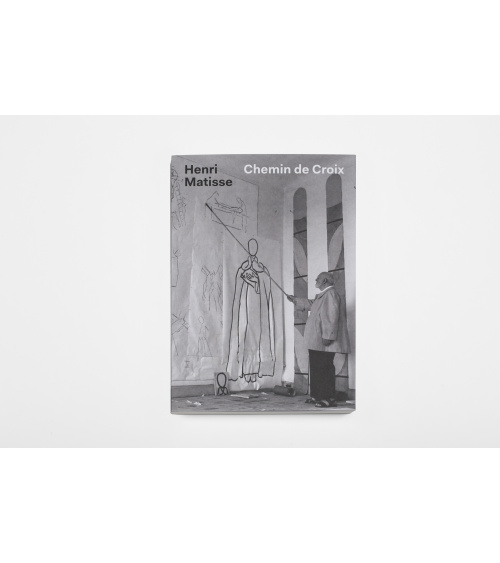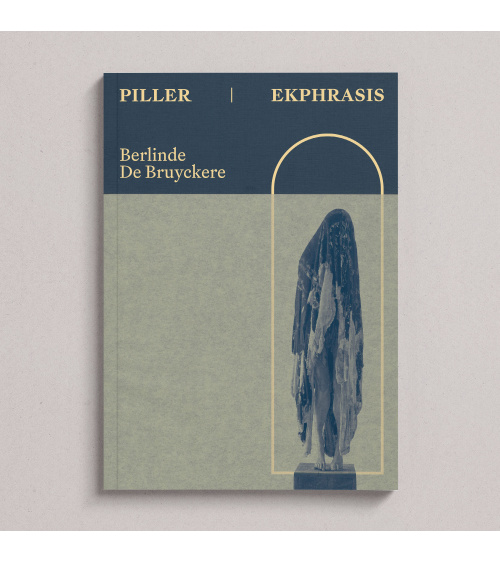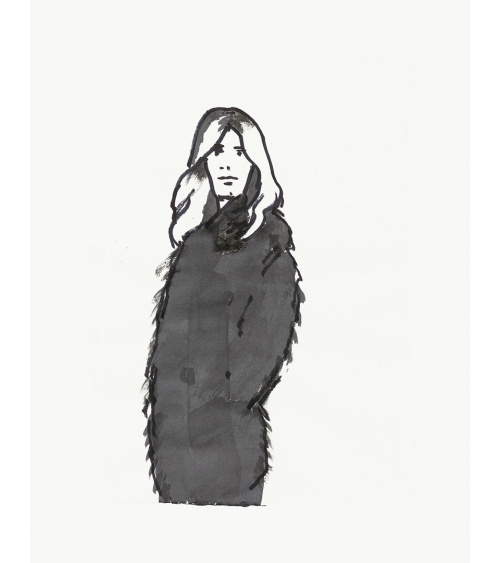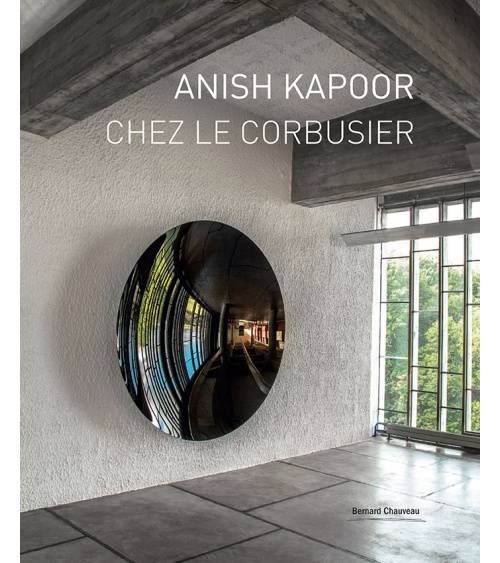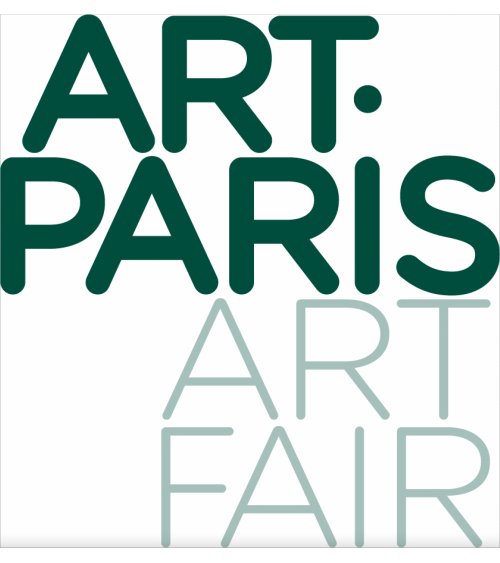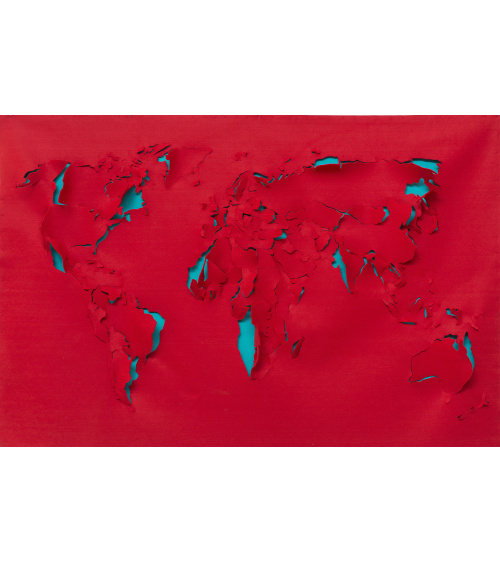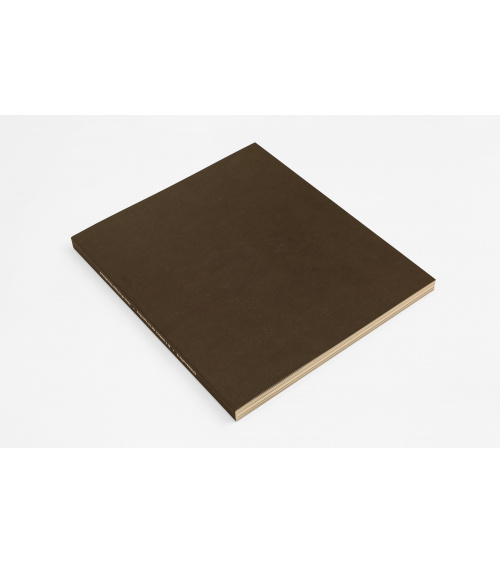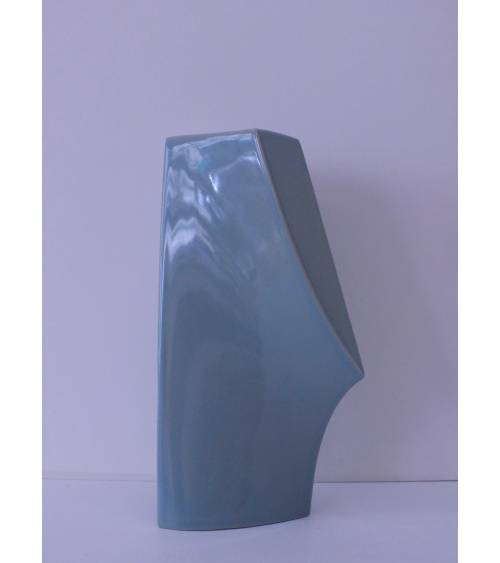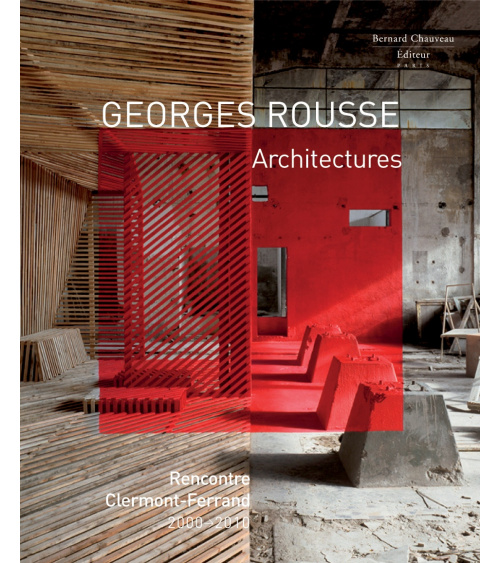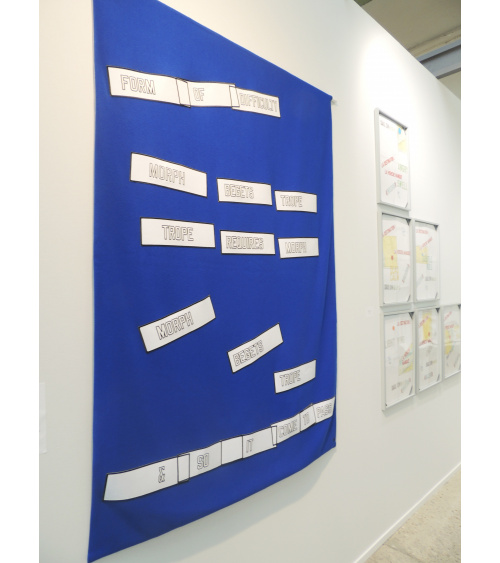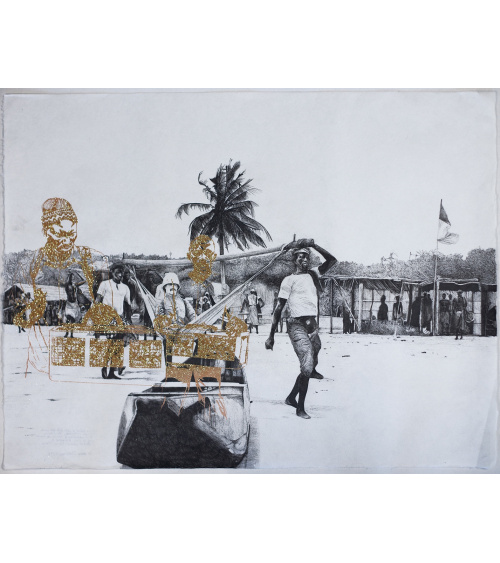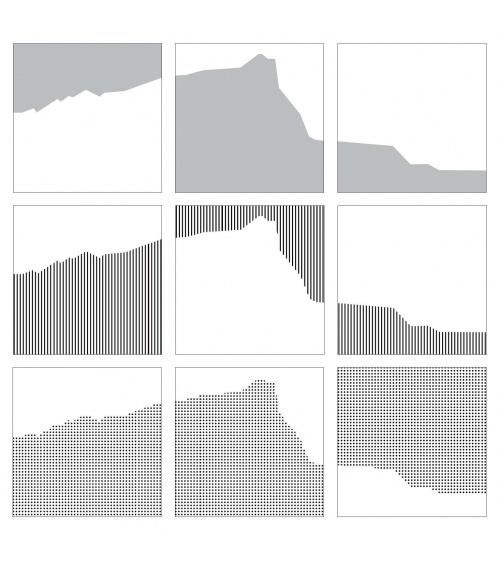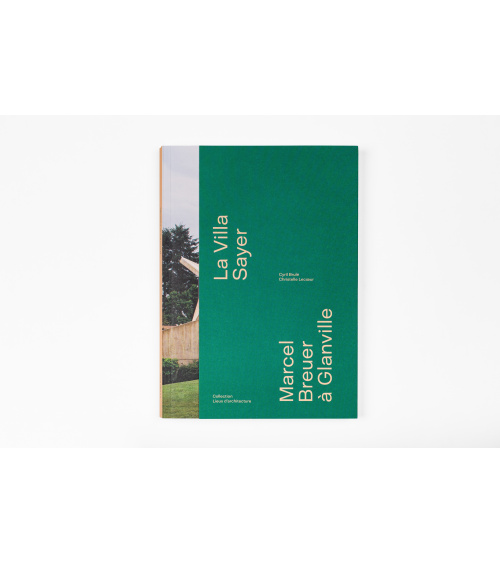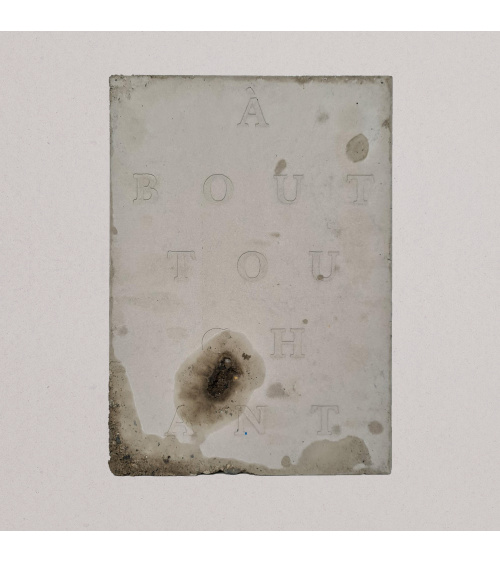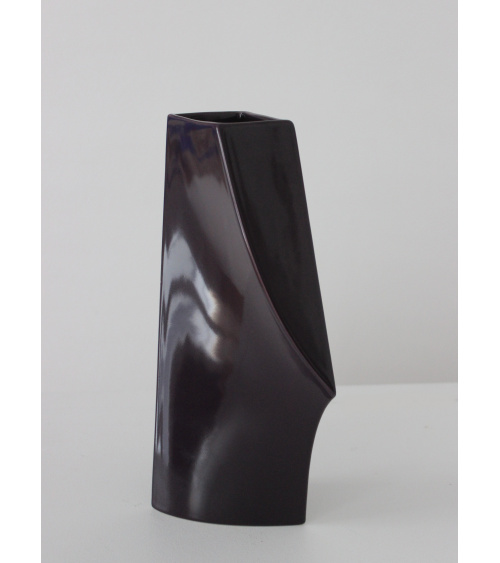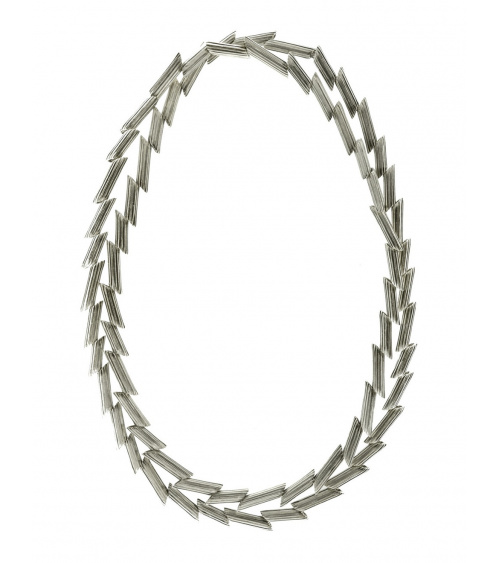VERA MOLNAR - RIEN, PEU, PLUS
In Vera Molnar’s work, the motif of the Montagne Saint-Victoire holds a singular place.
In Vera Molnar’s work, the motif of the Montagne Saint-Victoire holds a singular place as exemplified by many of her drawings, works and editions. Of course we think of her tribute to Cezanne and his capacity to reveal the asymmetry of this rocky eruption through plastic means. But with Vera Molnar, the Montagne Saint-Victoire is also a principle, or more precisely, the natural fortunate embodiment of a disorder she keeps trying to rationalize. This rationalization especially takes up the form of the bell curve, a system of representation of the complexity that Vera Molnar uses, appropriates and updates. If the Montagne Sainte-Victoire is the natural embodiment of this curve, its full beauty had to be demonstrated. Such was the artist’s intention with this triptych.
Three panels for three states. With dots drawing up the silhouette of the mountain. The first panel introduces us to a disembodied vision, whereas the second shows us some arbitrary outlines, and the third one puts an end to the process by exposing the physiognomy of the mountain. The use of wool as a sensual reference to the lines of a drawing makes up for the pragmatic rigor of the dots. Faced with this impressive subject, Vera Molnar creates an exemplary work in which she turns a famous motif into a model combining rigorous protocol and beautiful drawing.
Data sheet
- Size
- 65 x 50 cm
- Edition
- Edition of 12
- Technique
- Wood panels, wool
- Publication date
- 2017
Molnar (Véra)
1924 Vera Gács born on 5 January in Budapest (Hungary).
1942-1947 Studies painting, art history and aesthetics at the Budapest School of Fine Arts, alongside Ferenc [François] Molnar, Judit Reigl, Marta Pan, Simon Hantaï; diploma as professor of art history and aesthetics.
1952 Participates in first group exhibition at Galerie Bourlaouën, Nantes.
1957 Meets Jesús Rafael Soto and François Morellet.
1960 Takes part in the group exhibition Konkrete Kunst organised by Max Bill in Zurich; becomes a member of the Centre de recherche d'art visuel (CRAV).
1967 Co-founder of the Art et informatique group at the Institut d'esthétique et des sciences de l'art in Paris.
1968 First works produced with the help of a computer; trip to the United States.
1973 Takes part in the first international digital art exhibition in Paris.
1974 Develops the MolnArt digital programme with François Molnár.
1975 Becomes a member of the Atelier de recherches techniques avancées (ARTA), Centre Pompidou, Paris.
1976 First solo exhibition at the Gallery Polytechnic of Central London, London.
1979 First solo exhibition in France at the Atelier de recherche esthétique, Caen.
1980 Publication of first "livrimage", Un pour cent de désordre.
1985-1990 Teaches at the UER Arts plastiques et Sciences de l'art, Université Paris 1 - Panthéon Sorbonne.
1990 First installation, Homage to Dürer, Stiftung für Konkrete Kunst, Reutlingen.
1993 Death of François Molnár; exhibition with Gottfried Honegger, La Quadrature de l'art, Cloître du CRDP Poitou-Charentes, Poitiers.
1999 Solo exhibition at Crédac, Ivry-sur-Seine.
2001 Solo exhibition at the Musée de Grenoble.
2004 Retrospective exhibition at the Wilhelm-Hack-Museum, Ludwigshafen.
2006 Retrospective exhibition at the Kunsthalle Bremen.
2009 Participation in the group exhibition Digital Pioneers, Victoria and Albert Museum, London.
2010 Participation in the group exhibition On Line: Drawing Through the Twentieth Century at MoMA, New York.
2012 Retrospective exhibition at the Musée des Beaux-Arts de Rouen and the Centre d'art contemporain de Saint-Pierre-de-Varengeville.
2013 Participation in the group exhibition Dynamo (with Agam, Calder, Cruz-Diez, Kapoor, Le Parc, Morellet, Soto) at the Grand Palais, Paris.
2017 Participation in the group exhibition Thinking Machines, Art and Design in the Computer Age, 1959-1989 at MoMA, New York.
2018 AWARE Prize of Honour; solo exhibition at the Musée des Beaux-Arts, Caen.
2019 Exhibition "Code and Algorithm. Tribute to Véra Molnar" at the Vasarely Museum in Budapest.
2020 "Disorder in Order" exhibition organised at the Kiscelli Múzeum in Budapest.
2021 "Pas froid aux yeux" exhibition at the Espace de l'Art Concret in Mouans-Sartoux, then at the Musée des Beaux-Arts in Rennes; "Elles font l'abstraction" exhibition at the Centre George Pompidou in Paris featuring works by Véra Molnar.
2022 Group exhibition "The Milk of Dreams" as part of the 59th Venice Biennale; first NFT "2% de désordre en coopération"
2023 Exhibition "Code: Art Enters the Computer Age" at the Los Angeles County Museum of Art; "Moviment" festival, exhibition of diaries at the Centre Georges Pompidou in Paris; launch of the NFT series "Thème et variations"
December 2023 Death of the artist in Paris
No customer reviews for the moment.
